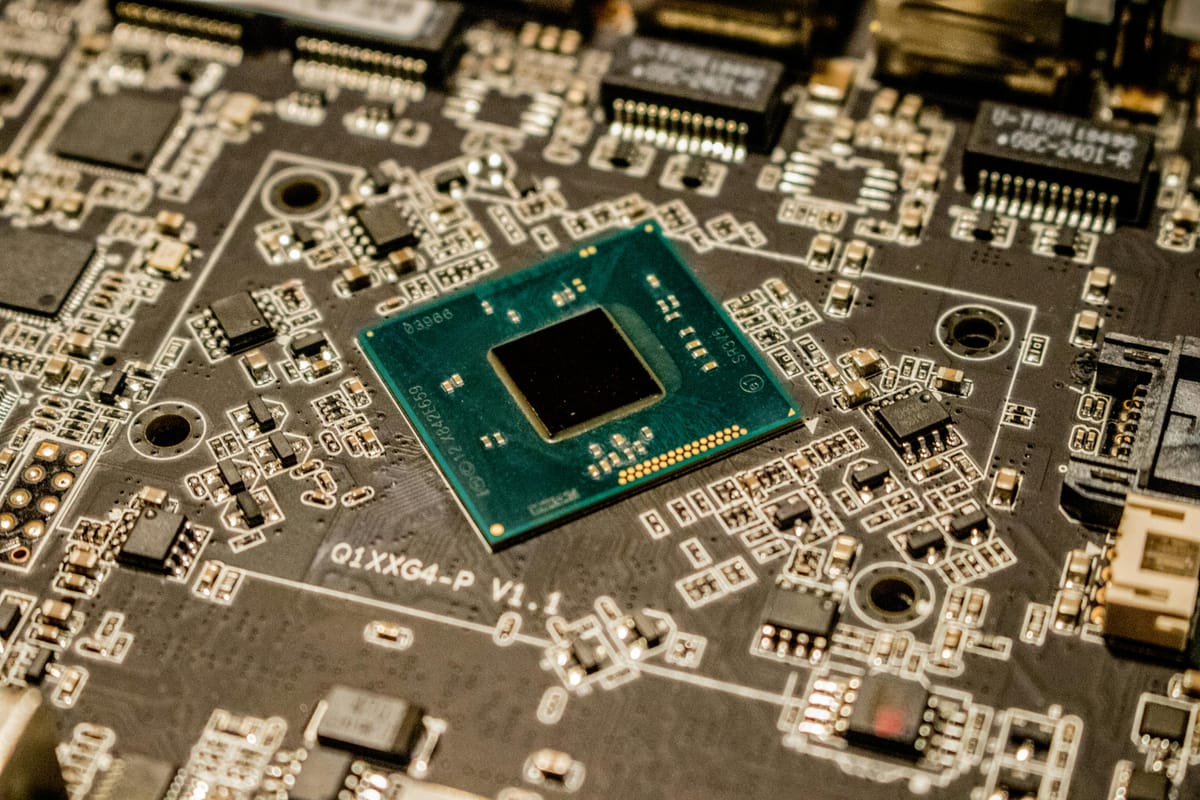IBM Claims Quantum Computing Breakthrough: Cracking the Error Correction Code
IBM researchers announced a major milestone in quantum computing this week, claiming they've successfully demonstrated quantum error correction at scale—a breakthrough that could accelerate the timeline for practical quantum computers from decades to years. The achievement addresses one of the most persistent challenges in quantum computing: keeping quantum bits stable long enough to perform meaningful calculations.
The Quantum Error Problem
Quantum computers derive their revolutionary potential from quantum bits, or "qubits," which unlike classical bits can exist in multiple states simultaneously. However, this quantum advantage comes with a critical weakness: qubits are extraordinarily fragile, losing their quantum properties within microseconds due to environmental interference—a phenomenon called "decoherence."
"Every quantum computer built to date has been fundamentally limited by errors," explains Dr. Jay Gambetta, IBM's Vice President of Quantum Computing. "We've now shown we can actively correct these errors faster than they accumulate, which is the holy grail of quantum computing."
IBM's Error Correction Breakthrough
IBM's research team, publishing their findings in Nature, demonstrated successful quantum error correction using a 127-qubit processor called "Eagle." Their approach uses what's known as a "surface code"—a method that spreads quantum information across multiple physical qubits to create more reliable "logical qubits."
The key innovation lies in real-time error detection and correction. IBM's system can identify and fix quantum errors in approximately 100 microseconds—faster than new errors typically emerge. This represents a critical threshold where quantum computers can maintain their quantum advantage while performing calculations.
The Technical Achievement
IBM's breakthrough involved several technical milestones:
- Error rate reduction: Logical qubits showed 50% fewer errors than their best physical qubits
- Real-time correction: Error correction cycles completed in under 100 microseconds
- Scalability demonstration: The method worked across 127 qubits simultaneously
- Sustained operation: Quantum states maintained for over 100 correction cycles
Industry Impact and Timeline
This development significantly accelerates quantum computing's commercial timeline. Previously, experts estimated practical quantum computers were 10-20 years away. IBM's breakthrough suggests useful quantum applications could emerge within 3-5 years.
"This changes everything," says quantum computing analyst Dr. Sarah Chen from McKinsey & Company. "We're moving from 'quantum computers might eventually work' to 'quantum computers will work soon.'"
Immediate Applications on the Horizon
IBM identifies several near-term applications for error-corrected quantum computers:
- Drug discovery: Simulating molecular interactions for pharmaceutical research
- Financial modeling: Optimizing trading strategies and risk assessment
- Cryptography: Both breaking current encryption and developing quantum-safe alternatives
- Materials science: Designing new materials for batteries, superconductors, and catalysts
Competition and Market Response
IBM's announcement intensifies the quantum computing race. Google, Microsoft, and startups like IonQ and Rigetti are pursuing similar error correction goals, though IBM appears to have achieved the first scalable demonstration.
The announcement triggered significant market movement, with quantum computing stocks rising 15-25% and IBM shares gaining 8% in after-hours trading. Venture capital firms report renewed interest in quantum startups, with several announcing new quantum-focused funds totaling over $2 billion.
Challenges Ahead
Despite this breakthrough, significant hurdles remain. IBM's current system requires dilution refrigerators that cool qubits to near absolute zero—colder than outer space. The company estimates they need 1,000-10,000 logical qubits for most practical applications, while their current system creates just a few dozen.
Manufacturing quantum computers at scale also presents challenges. Each qubit must be precisely engineered, and current fabrication techniques limit production scalability.
The Quantum Future Arrives
IBM's quantum error correction breakthrough marks a pivotal moment in computing history. While significant engineering challenges remain, the company has proven that practical quantum computing is achievable with current technology—it's now a question of refinement and scale rather than fundamental possibility.
For businesses and researchers, this development signals it's time to begin serious quantum computing preparation. The quantum advantage—once a distant promise—is rapidly becoming a near-term reality that could reshape industries from finance to pharmaceuticals within this decade.
